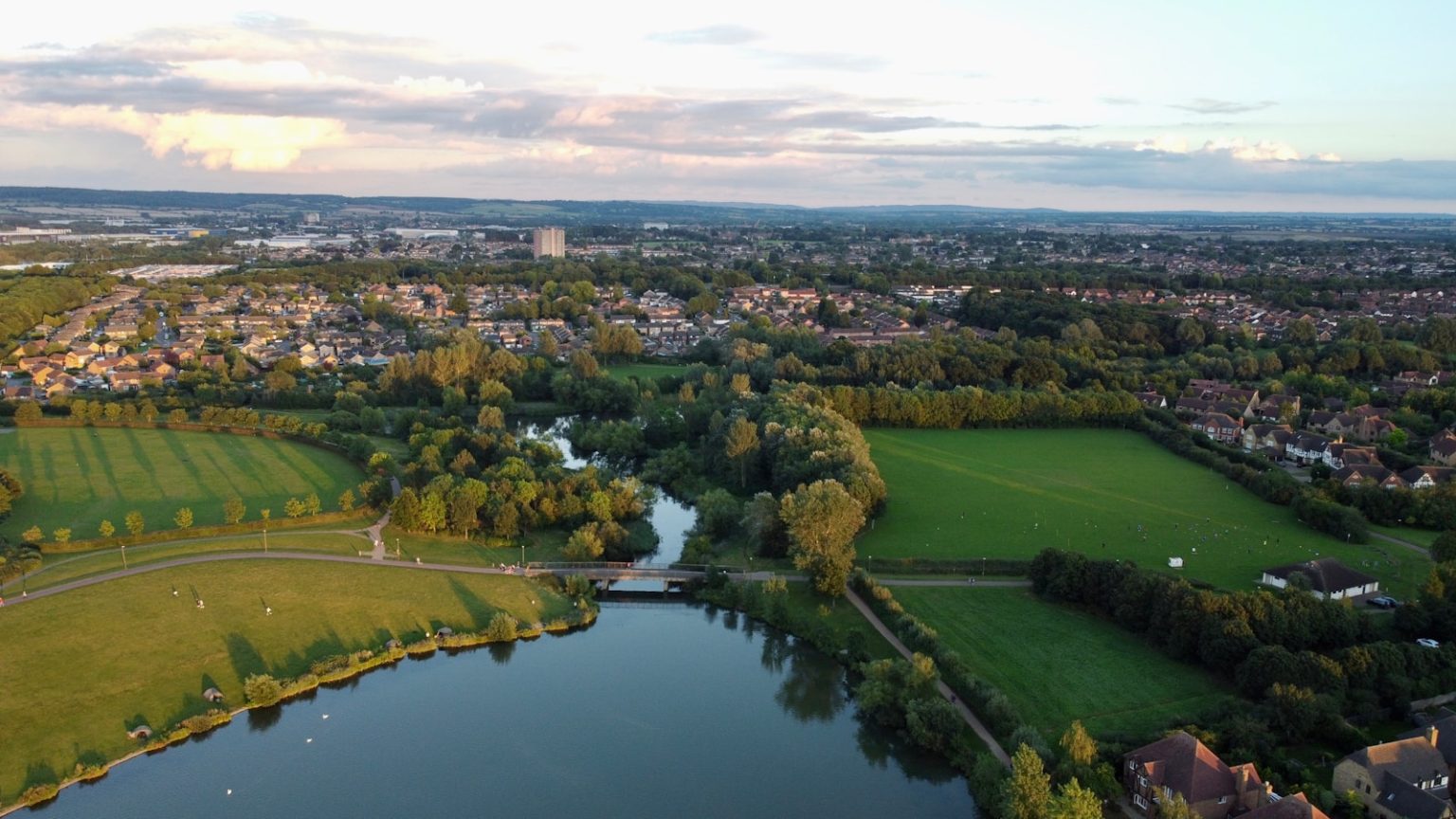A new study by outdoor experts The Hunting Terrain has revealed Milton Keynes as the UK local authority with the greenest space per resident. This study assessed green space accessibility across 40 major local authorities, considering population density and the provision of green space per capita. Milton Keynes leads with an impressive 59.7 square metres of green space per person, highlighting its commitment to providing ample outdoor areas for recreation and relaxation.
Leading the Green Space Revolution
Milton Keynes, with a population of 285,032, boasts the highest provision of green space among UK local authorities, offering 59.7 square metres per person. This ample green space is essential for urban dwellers, providing not only a place for physical activities and relaxation but also contributing significantly to mental well-being.
Stoke-on-Trent in Staffordshire ranks second, offering 52.91 square metres of green space per person to its 259,302 residents. Wrexham follows closely in third place with 44.92 square metres per capita for its population of 142,171.
The ten local authority districts with the greenest space per person
| Local Authority District | Population (2023) | Provision Per Person (sqm) |
| Milton Keynes | 285,032 | 59.7 |
| Stoke-on-Trent | 259,302 | 52.91 |
| Wrexham | 142,171 | 44.92 |
| Wakefield | 349,951 | 42.34 |
| Aberdeen | 235,864 | 41.44 |
| Peterborough | 208,923 | 39.48 |
| Oxford | 154,700 | 36.25 |
| Swansea | 249,711 | 35.89 |
| Dundee | 149,155 | 34.6 |
| Newcastle Upon Tyne | 302,316 | 31.67 |
Areas with the Least Green Space
At the other end of the scale, Norwich has the lowest provision of green space per resident, with only 12.39 square metres per person for its 145,252 population. Brighton & Hove and Portsmouth follow closely, with 12.86 sqm and 13.97 sqm per person, respectively.
The ten local authority districts with the least green space per person
| Local Authority District | Population (2023) | Provision Per Person (sqm) |
| Norwich | 145,252 | 12.39 |
| Brighton & Hove | 299,473 | 12.86 |
| Portsmouth | 220,077 | 13.97 |
| Coventry | 391,673 | 15.30 |
| Bradford | 540,940 | 15.82 |
| Kingston Upon Hull | 262,756 | 15.98 |
| Southampton | 260,075 | 17.28 |
| Plymouth | 267,051 | 17.95 |
| London | 9,358,604 | 18.61 |
| Manchester | 574,184 | 19.03 |
The Importance of Green Spaces
Outdoor expert Ethan King from The Hunting Terrain emphasised the importance of these findings. “These results demonstrate that larger cities can and should provide ample public green spaces for their residents. It should be a priority for city planning officials to find efficient ways to incorporate natural areas into urban environments, especially where green space is currently limited.”
King highlighted the significant benefits of green spaces, particularly for mental health. “Having access to green areas is crucial for well-being, as being close to nature can greatly reduce stress levels. This is especially vital for residents of larger cities, where many people work in high-stress environments. Increased access to public green spaces allows individuals to unwind and relieve stress after a long day.”
Conclusion
The study underscores the critical role of green spaces in urban planning and their impact on residents’ quality of life. As Milton Keynes sets the benchmark with its extensive green space provision, other cities and local authorities are encouraged to follow suit, ensuring that urban dwellers across the UK can enjoy the numerous benefits of accessible green spaces.
For more information, visit https://www.thehuntingterrain.com/.



